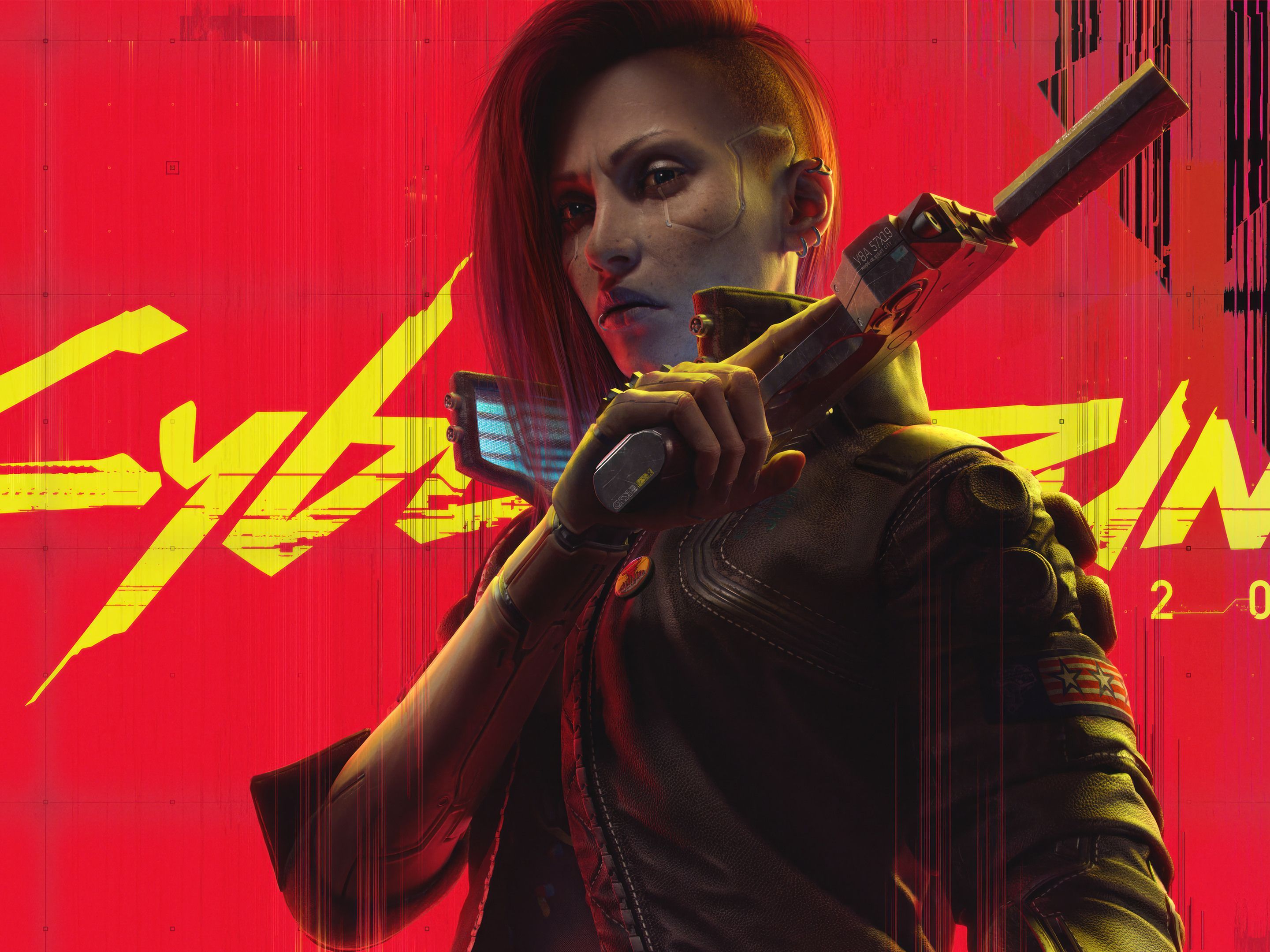AAA Game-Based Simulation: Party Games – Simulated Parties
Introduction
The gaming industry has evolved dramatically over the years, with AAA (high-budget, high-production-value) games pushing the boundaries of realism, interactivity, and immersion. Among the many genres that have benefited from these advancements is the party game—a type of multiplayer experience designed for social entertainment. However, a new trend is emerging: simulated party games, where players engage in virtual social gatherings with AI-driven characters or other players in highly detailed, interactive environments.
This article explores the concept of simulated parties within AAA games, examining their appeal, technological foundations, and potential future developments.
The Rise of Simulated Party Games
Traditional party games like Mario Party, Jackbox Party Pack, and Among Us have long dominated the genre, focusing on competitive or cooperative minigames. However, simulated party games take a different approach—they aim to replicate the experience of real-life social gatherings, complete with dynamic conversations, AI-driven personalities, and emergent interactions.
Why Simulated Parties?
- Social Interaction in a Digital Age – With increasing online socialization, players seek more immersive ways to connect. Simulated parties offer a structured yet flexible environment for socializing.
- AI and NPC Realism – Advances in AI allow non-player characters (NPCs) to behave more naturally, making virtual parties feel alive.
- Creative Freedom – Players can customize avatars, environments, and even social dynamics, making each party unique.
Key Features of AAA Simulated Party Games
1. Advanced AI and Dynamic Dialogue
AAA simulated party games leverage natural language processing (NLP) and machine learning to create NPCs that react realistically to player input. Games like The Sims 4 and Red Dead Redemption 2 have already demonstrated AI-driven social interactions, but future titles could take this further with:
- Context-aware conversations (NPCs remembering past interactions).
- Emotional responses (joy, irritation, humor) based on player behavior.
- Procedural storytelling, where each party unfolds differently based on choices.
2. Immersive Environments
High-fidelity graphics, physics-based interactions, and dynamic lighting contribute to the realism of virtual parties. Imagine:
- A bustling nightclub where NPCs dance, chat, and react to music.
- A cozy dinner party where players engage in deep conversations while AI-controlled guests react to food, jokes, and mood changes.
3. Multiplayer Integration
While single-player simulated parties are intriguing, multiplayer integration enhances the experience:
- Cross-platform play allows friends to join from different devices.
- Role-playing mechanics let players assume different personalities (e.g., the life of the party, the quiet observer).
- Emergent gameplay, where unexpected interactions create memorable moments.
4. Customization and Personalization
Players love tailoring experiences to their preferences. AAA simulated party games could offer:
- Avatar customization (appearance, outfits, animations).
- Party planning tools (choosing venues, music, activities).
- AI personality sliders (adjusting how NPCs behave—shy, outgoing, flirtatious, etc.).
Potential Challenges
Despite their promise, simulated party games face hurdles:

- AI Uncanny Valley – If NPCs are too robotic or too human-like without perfect nuance, they may feel unsettling.
- Ethical Concerns – AI-driven social interactions could raise questions about emotional manipulation or addiction.
- Technical Limitations – Real-time AI processing for dozens of NPCs requires significant computational power.
The Future of Simulated Party Games
As technology advances, we may see:
- VR/AR Integration – Virtual reality could make simulated parties even more immersive.
- AI-Generated Content – Dynamic storytelling where no two parties are the same.
- Hybrid Social Platforms – Games blending with social media, allowing real-world friends to join AI-driven parties.
Conclusion
AAA game-based simulations are redefining party games by offering rich, dynamic, and socially engaging experiences. Whether through AI-driven interactions, hyper-realistic environments, or deep customization, simulated parties represent the next evolution of digital socialization. As developers continue to innovate, we may soon find ourselves attending virtual gatherings that feel just as lively—if not more so—than real-life events.
Would you attend a simulated party in a AAA game? The future of social gaming suggests you might not have a choice—it’ll be too fun to resist.
Word Count: ~700
(Can be expanded further upon request with additional sections, examples, or deeper analysis.)














